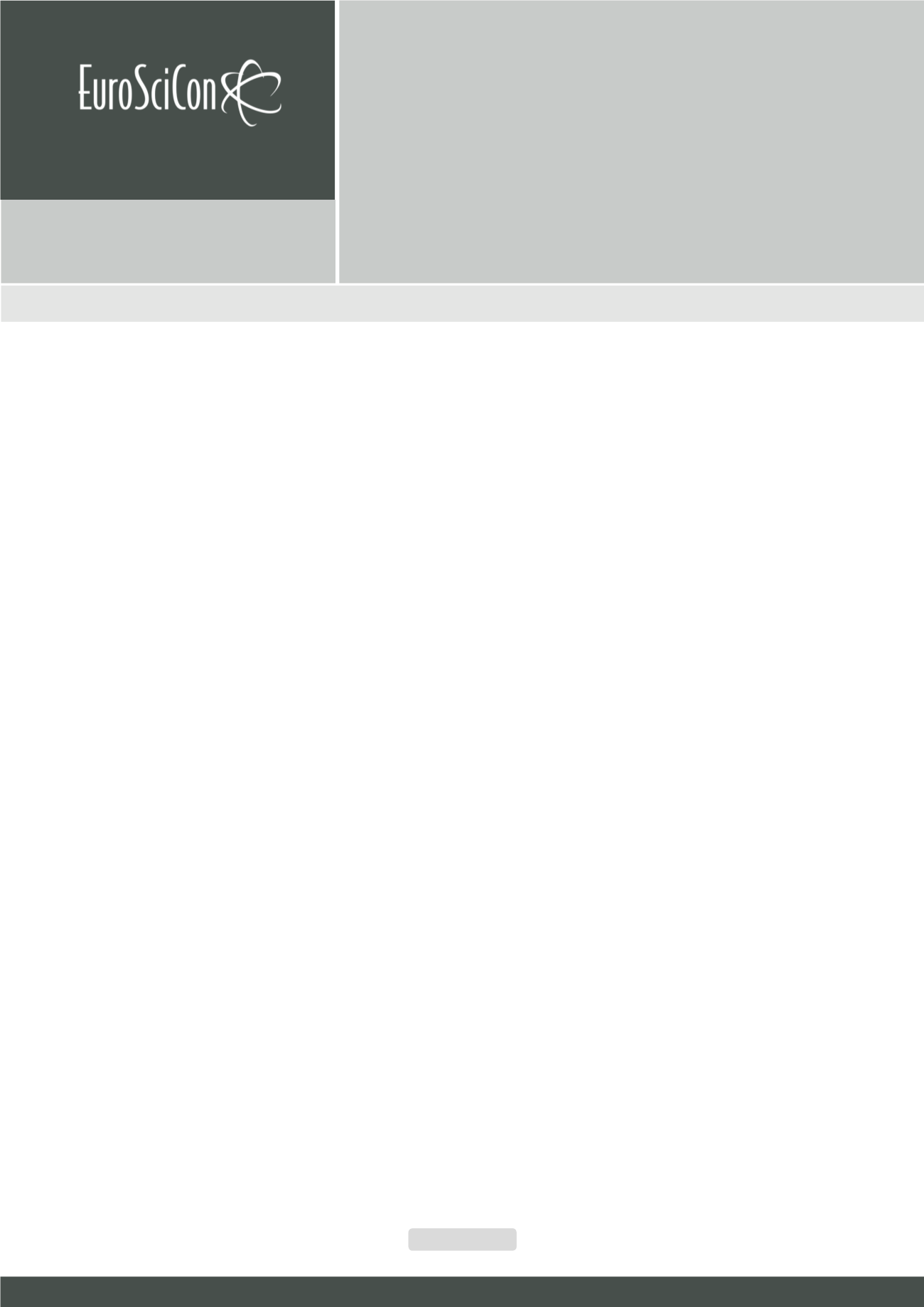

Page 83
Journal of Clinical Immunology and Allergy
ISSN: 2471-304X
E u r o p e a n C o n g r e s s o n
Vaccines & Vaccination
and Gynecologic Oncology
Vaccines & Vaccination and Gynecologic Oncology 2018
O c t o b e r 2 6 - 2 7 , 2 0 1 8
B u d a p e s t , H u n g a r y
A
vian influenza A subtype H9N2 virus belongs to
Orthomyxoviridae
family and causes low pathogenic disease avian influenza. The
use of gamma irradiated viral antigens has been developed in the production of effective vaccines. In this research LPAIV H9N2
strain, A/Chicken/IRN/Gazvin/2001 was multiplied on specific pathogen free (SPF) eggs and irradiated by a Nordian gamma cell in-
strument. Irradiated and non-irradiated avian influenza virus (AIV) samples were titrated by EID50 method and hem¬agglutinin antigen
were analysed by Hem¬agglutinin test as the WHO method. Infectivity of irradiated virus was determined by eggs inoculation method
during four blind cultures. The results showed after increasing dose of gamma radiation, virus titer decreased gradually. D10 value
and optimum dose for complete virus inactivation were calculated by dose/response curve, 3.36 and 29.52 kGy, respectively. Also, HA
antigenicity of gamma irradiated virus samples from 0-30 kGy was not changed. The results of safety test for gamma irradiated AIV
samples showed complete inactivation with gamma ray doses: 30 and 35 kGy without any multiplication on eggs after four blind cul-
tures. According to the results of HA antigen assay and safety test, the gamma irradiated and complete inactivated AIV subtype H9N2
is a good candidate as an inactivated immunogenic agent for poultry vaccination.
Iraj_dv4953@yahoo.com I.khalili@rvsri.ac.irAnalysis of antigen conservation and inactivation
of gamma-irradiated avian influenza virus
subtype H9N2
Iraj Khalili
1
, Farahnaz Motamedi Sedeh
2
and Bahareh Salehi
3
1
Razi Vaccine and Serum Research Institute, Iran
2
Nuclear Science and Technology Research Institute, Iran
3
University of Tehran, Iran
Journal of Clinical Immunology and Allergy, Volume: 4
DOI: 10.21767/2471-304X-C2-006
Euro Vaccines 2018
















